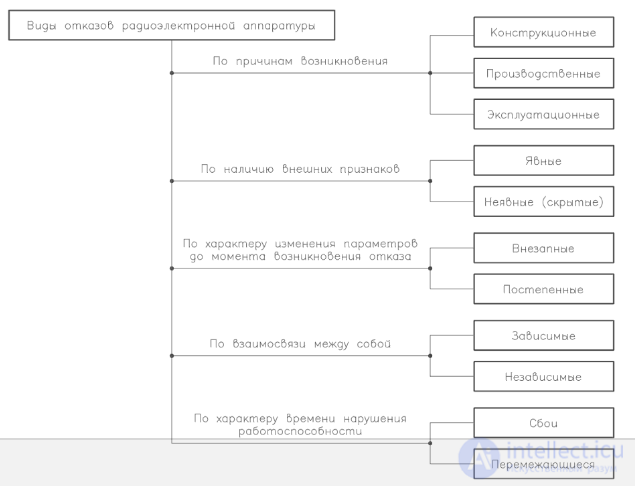

Looking for a 2 to 3mV current of injury pattern (“STsegment” elevation) Review the recorded electrograms from the initial implant Cardiac Pacing and ICDs, Ellenbogen, 4th edition, Chapter 7, Evaluation and Management of Pacing System Malfunctions 21Ĭardiac Pacing and ICDs, Ellenbogen, 4th edition, Chapter 7, Evaluation and Management of Pacing System Malfunctions 22Ĭardiac Pacing and ICDs, Ellenbogen, 4th edition, Chapter 7, Evaluation and Management of Pacing System Malfunctions 24.© 2017 Raja selvaraj, Department of cardiology, JIPMER, Pondicherry, India Pacing stimuli present with failure to capture Pacing stimuli present with failure to senseĬardiac Pacing and ICDs, Ellenbogen, 4th edition, Chapter 7, Evaluation and Management of Pacing System Malfunctions 18 Pacing stimuli present with failure to capture 17© 2017 Raja selvaraj, Department of cardiology, JIPMER, Pondicherry, India.16© 2017 Raja selvaraj, Department of cardiology, JIPMER, Pondicherry, India. Do they inhibit or trigger the next paced complex?Ĭardiac Pacing and ICDs, Ellenbogen, 4th edition, Chapter 7, Evaluation and Management of Pacing System Malfunctions 15 Are all the native beats sensed correctly? Look at the native beats in relation to the paced complexes If absent, is there a native depolarization properly timed to explain the absence? If present, do they capture the appropriate cardiac chamber? When presented with a pacemaker problem on an ECG rhythm strip, firstĭetermine whether pacing stimuli are present Differential diagnosis of single-chamber pacing. Pacemaker malfunctions” are often misinterpretations of normal pacemakerįunction by persons unfamiliar with pacemaker follow-up evaluations

Retrieve these tracings from referring physicians’ offices, medical records

Intermittent pacing system malfunction obtain sufficient ECG documentation Exposure to electrocautery may alter device function Event marker, event counter, and electrogram telemetry Overpenetrated posteroanterior and lateral chest radiographs should be obtained
#Difference between failure to sense and failure to capture full#
Complete 12-lead ECGs demonstrating full pacing and intrinsic rhythm Recorded along with lead function measurements At the end of the procedure, the programmed parameters of the pacing system are Actual electrogram (EGM) should be recorded ,provide clues to the adequacy of Cardiac Pacing and ICDs, Ellenbogen, 4th edition, Chapter 7, Evaluation and Management of Pacing System Malfunctions 3.Evaluation and management of Pacemaker malfunctionĬardiac Pacing and ICDs, Ellenbogen, 4th edition, Chapter 7, Evaluation and Management of Pacing System Malfunctions


 0 kommentar(er)
0 kommentar(er)
